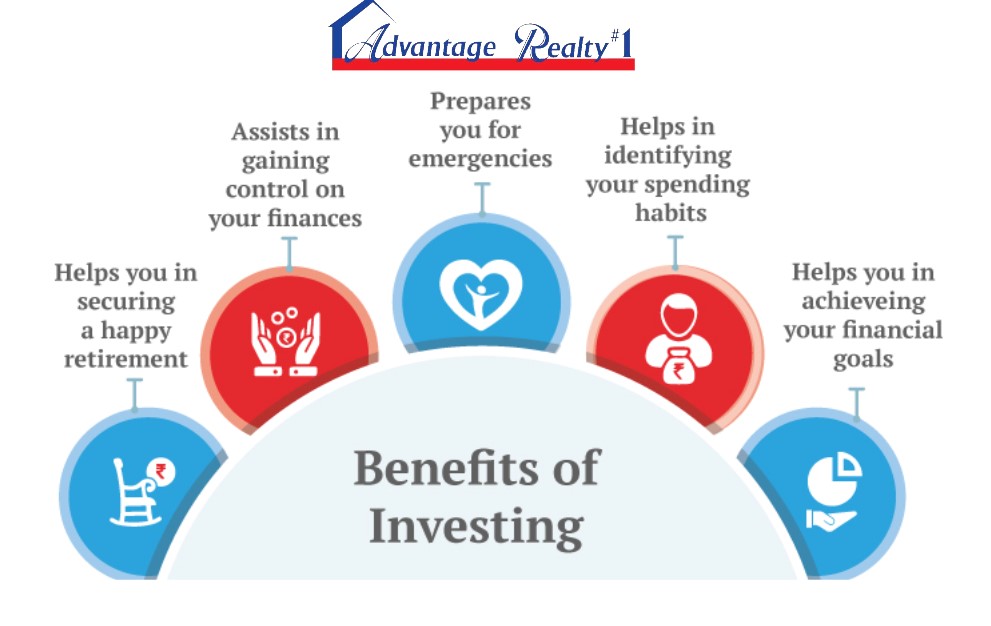Here’s a helpful step-by-step guide for creating an investment plan that works.
1. Evaluate Your Current Financial Situation
You want to begin by assessing your current financial situation. In doing so, you can get a good idea of how much you can contribute to investing.
Of course, the more you invest, the better off you’ll be long-term, but your investment efforts shouldn’t compromise your everyday needs. Otherwise, your life will be out of balance, and your present financial demands could suffer.
Start with a budget that tracks your disposable income every month once you’ve paid your expenses and put money in an emergency savings fund.
2. Outline Your Financial Goals
Everyone’s financial goals are different. Some people want to send their kids off to college, while others want to be able to retire early.
Your investment goals could include anything from buying a new car in five years to retiring on the island of Malta at age 60. Regardless of your specific goals, consider them carefully so you can create a workable timeline.
How quickly will you need the funds you invest? How much time do you have to reach your goals? Outlining the timeline of your goals will help inform the amount you need to invest in order to achieve them.
3. Determine Your Risk Tolerance
Just as everyone’s financial goals are different, so too is everyone’s level of risk tolerance.
As a general rule, the younger you are, the more risk you can take because you have more time to recover your portfolio from any losses. If you’re starting your investment plan later in life, it may be a good idea to pursue safer investments.
4. Select Where You Want to Invest
Here’s the step you’ve likely been waiting for: where you’re going to invest your hard-earned money.
You can choose from various investment accounts, such as 401(k) plans and Roth IRA accounts. You can even invest in physical items like art and real estate.
Wherever you choose to invest, make sure you diversify your portfolio. Remember that old saying about not putting all your eggs in one basket? The same theory applies here. The more you diversify, the lower the investment risk.
5. Watch Your Investments
After making your investments, the next step is to monitor them.
Investing is a long-term game, so you don’t necessarily need to review the health or performance of your accounts and assets on a daily basis. But you should check in every so often to see how your investments are doing. That way, you can determine whether you need to reallocate or rebalance.
Investing Is Worth the Work
Don’t let the learning curve that comes with investing get you down. You’re learning a new system, and it will take time. But the more effort and education you put into it, the better off you’ll be when it comes time to harvest the fruit of your efforts.
Sean Stephens at Metroplex published this article February of 2023 pertaining to creating an investment plan that works for you!
SOURCE: https://www.bestinmortgage.com/seans_mplx_org/newsletter/?article=finance#finance
HOMEPAGE: https://www.advantagehighlands.com/
